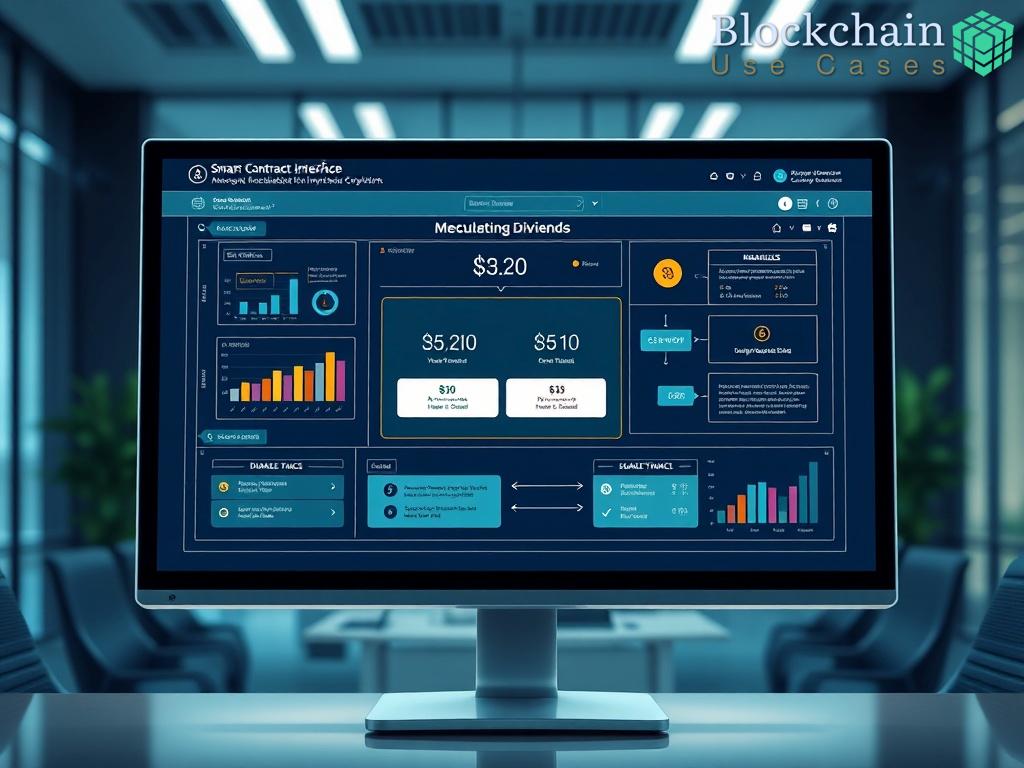In the ever-evolving world of insurance, the integration of smart contracts is proving to be a game changer. Traditional insurance claims often face delays and frustrations, leading to dissatisfaction among policyholders. However, with the advent of blockchain technology and smart contracts, the landscape is shifting towards a more seamless and transparent process. This article explores how smart contracts can enhance insurance claim notifications and streamline the First Notice of Loss (FNOL).
Understanding Smart Contracts in Insurance
Smart contracts are self-executing contracts with the terms of the agreement directly written into code. This technology is particularly beneficial for the insurance sector, where it can automate various processes. By eliminating the need for intermediaries, smart contracts can drastically reduce the time taken to process claims. Additionally, they offer a higher level of transparency and security, ensuring that all parties have access to the same information at every stage.
Benefits of Automated Claims Processing
The shift towards smart contract-based notifications brings numerous advantages, not only for insurers but also for policyholders. Here are some key benefits:
- Speed: Claims are processed almost instantaneously, reducing the waiting time for policyholders.
- Transparency: All transactions are recorded on a blockchain, making it easy to track the status of a claim.
- Cost-efficiency: By streamlining the claims process, insurers can lower operational costs, which can result in lower premiums for customers.
- Reduced Fraud: The immutable nature of blockchain helps in detecting fraudulent claims more effectively.
Implementing Smart Contracts for FNOL
The First Notice of Loss (FNOL) is a critical step in the claims process, as it sets the stage for how efficiently a claim will be managed. Smart contracts can automate this step by allowing policyholders to report losses directly through a secure platform. Here’s how this process works:
| Step | Action | Outcome |
|---|---|---|
| 1 | Policyholder submits FNOL via an app | Instant recording of loss |
| 2 | Smart contract verifies claim details | Automatic validation |
| 3 | Claim is assigned to an adjuster | Rapid response initiated |
| 4 | Payment is processed upon approval | Quick settlement for policyholder |
Through this automated system, policyholders can have peace of mind knowing that their claims are being handled efficiently, and insurers can improve their service quality while reducing costs.





